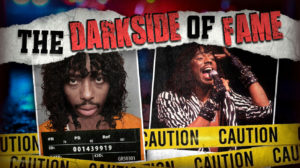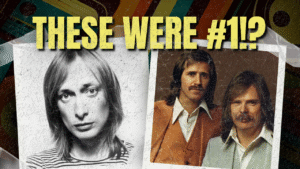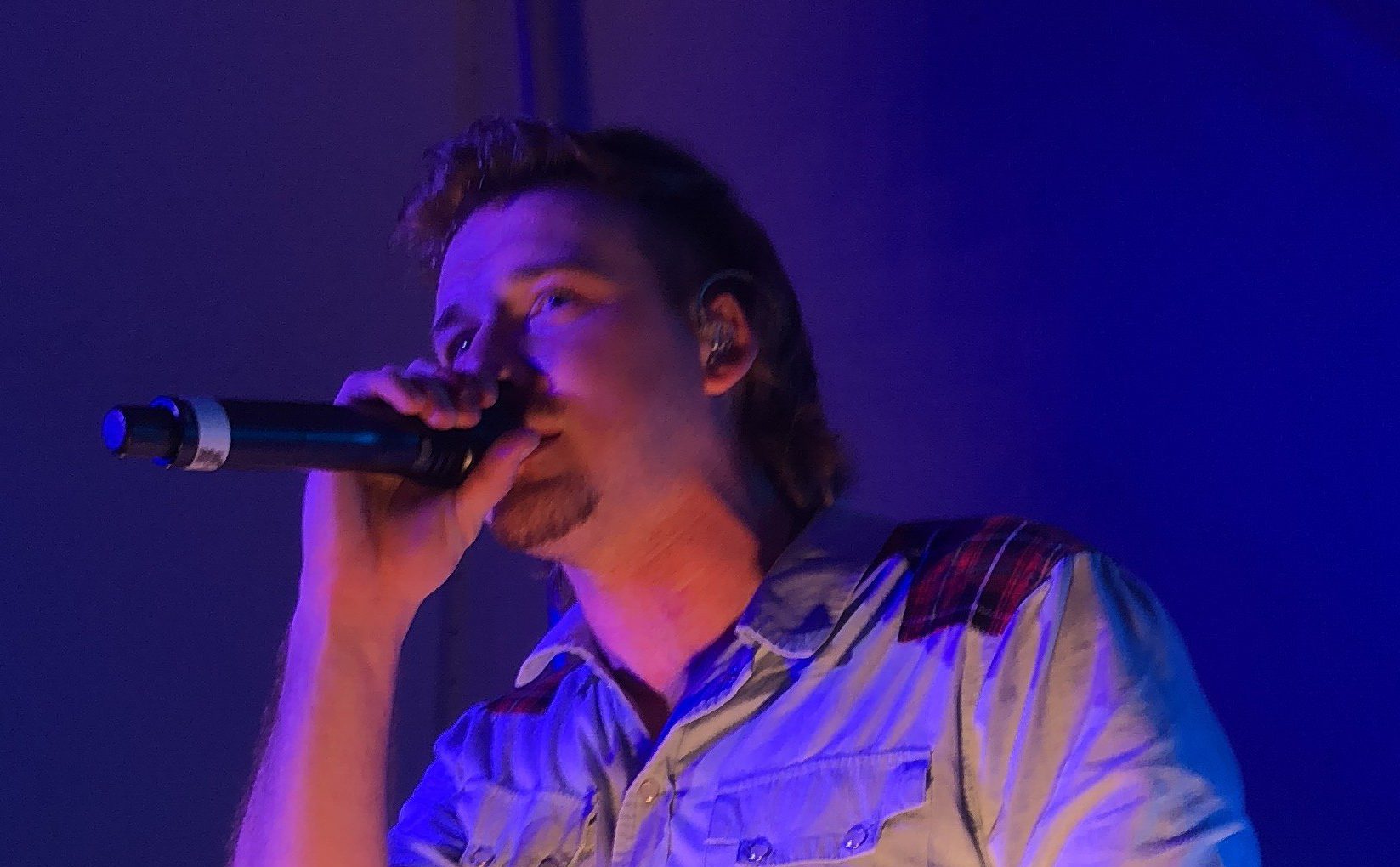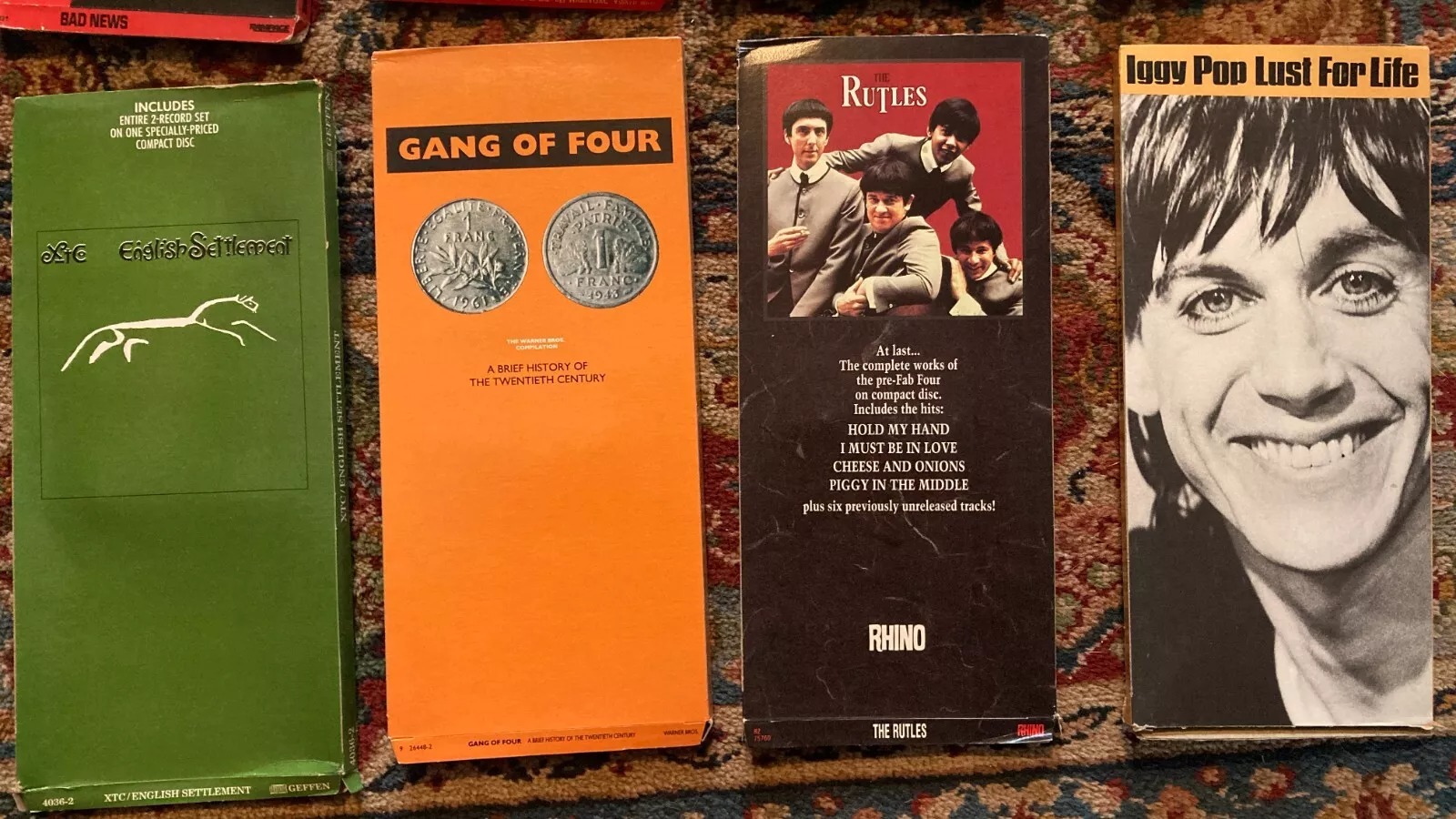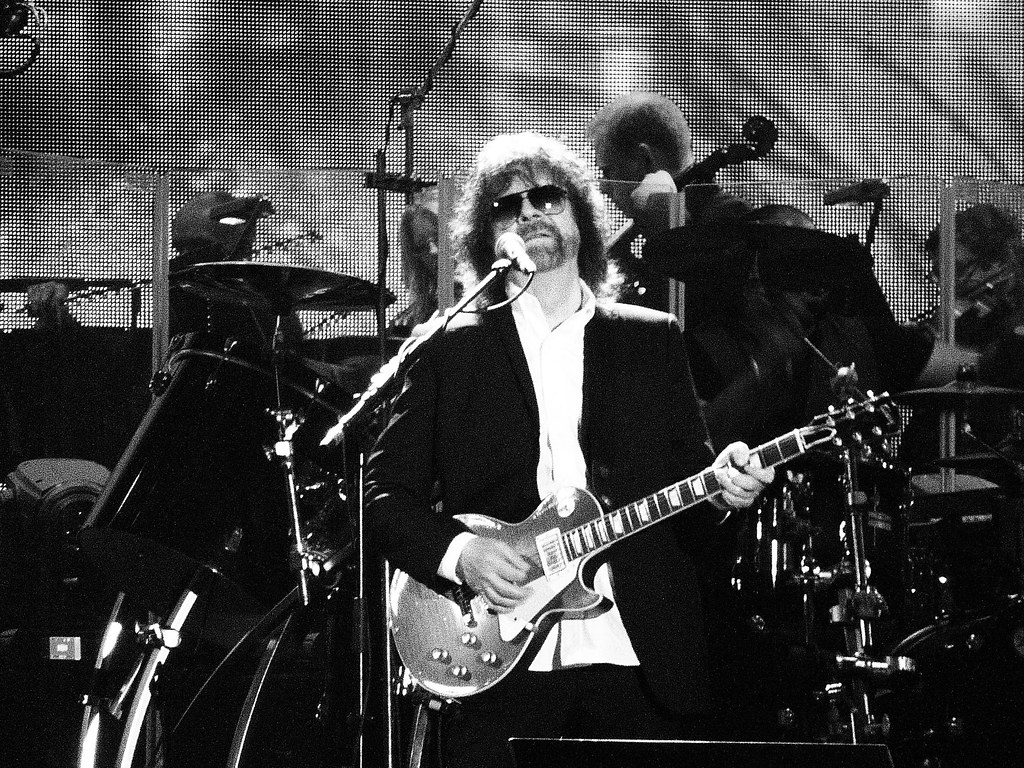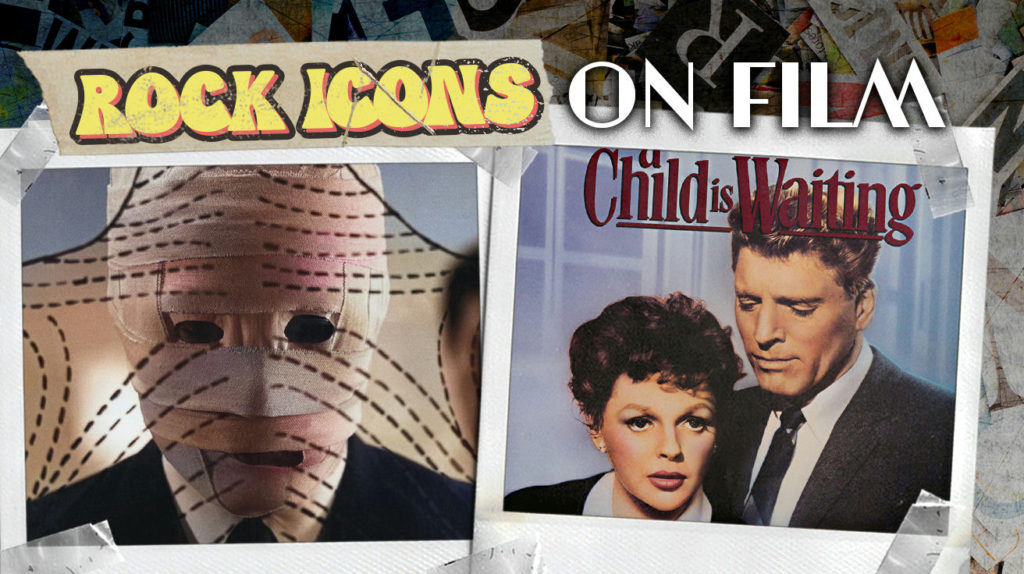
The 1960s and 1970s birthed cinematic chaos like nowhere else. Filmmakers were clearly on something strong when they decided to experiment with storytelling. These forgotten films capture artistic rebellion that shaped modern movies. Honestly, they’re weird as hell but in the best possible way. Ready to see which bizarre gems still make people question their sobriety?
14. Head (1968)
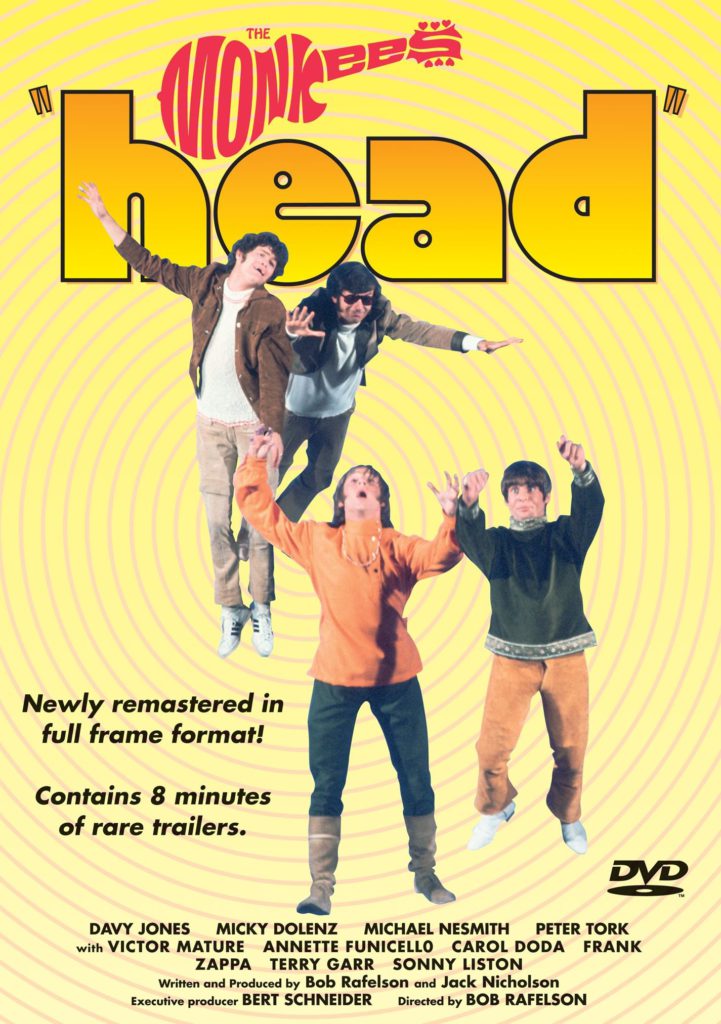
The Monkees made this acid trip disguised as a movie to destroy their cute boy-band image. Jack Nicholson co-wrote it, because of course he did. The film bombed spectacularly at release.
Years later, it gained a cult following. Turns out being incomprehensibly strange eventually pays off. The movie became the cinematic equivalent of finding that weird vintage jacket everyone suddenly wants after you’ve owned it for years.
13. Performance (1970)
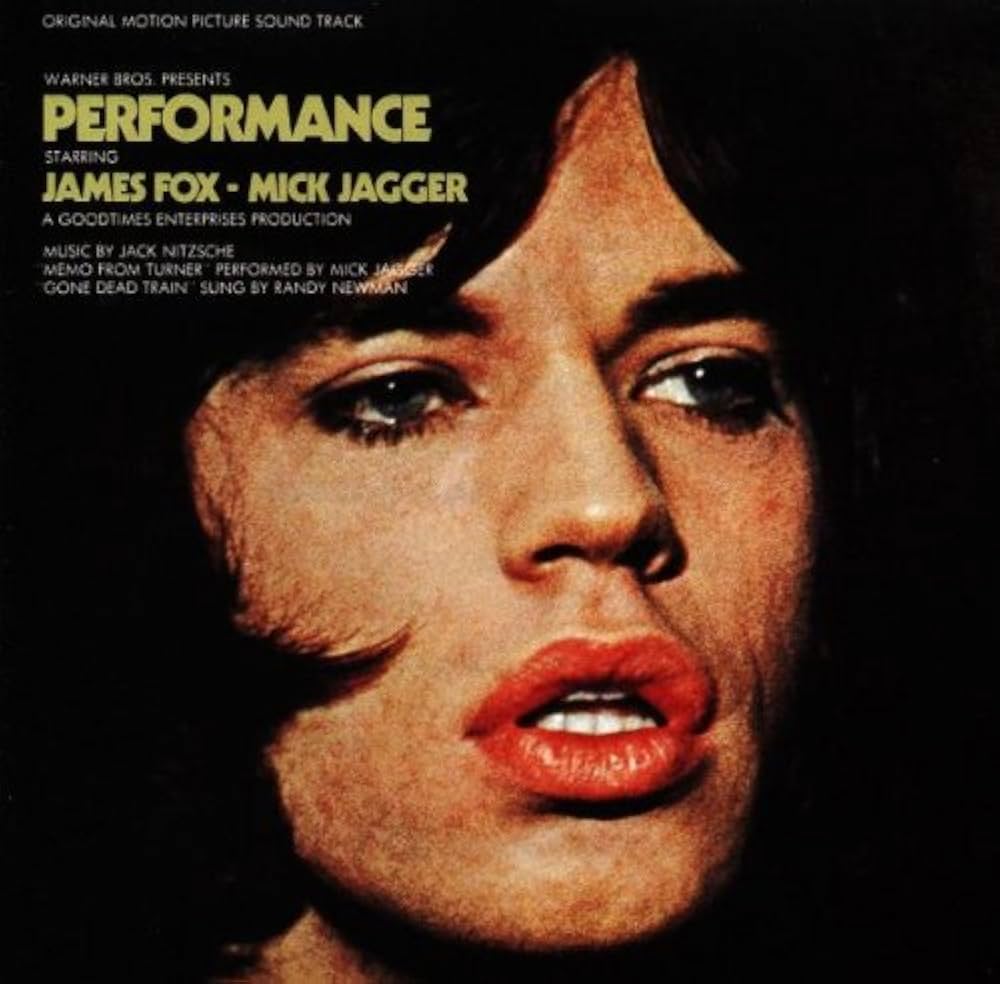
This trippy nightmare stars Mick Jagger, who clearly wasn’t getting enough attention as a rock god. It explores identity and decadence, which translates to scenes that shocked 1970s audiences to their core.
The film later achieved cult status. Its unconventional storytelling opened new possibilities. You know how Euphoria pushes boundaries today? Performance did it first, without the glossy Instagram filter or HBO’s budget.
12. Zabriskie Point (1970)
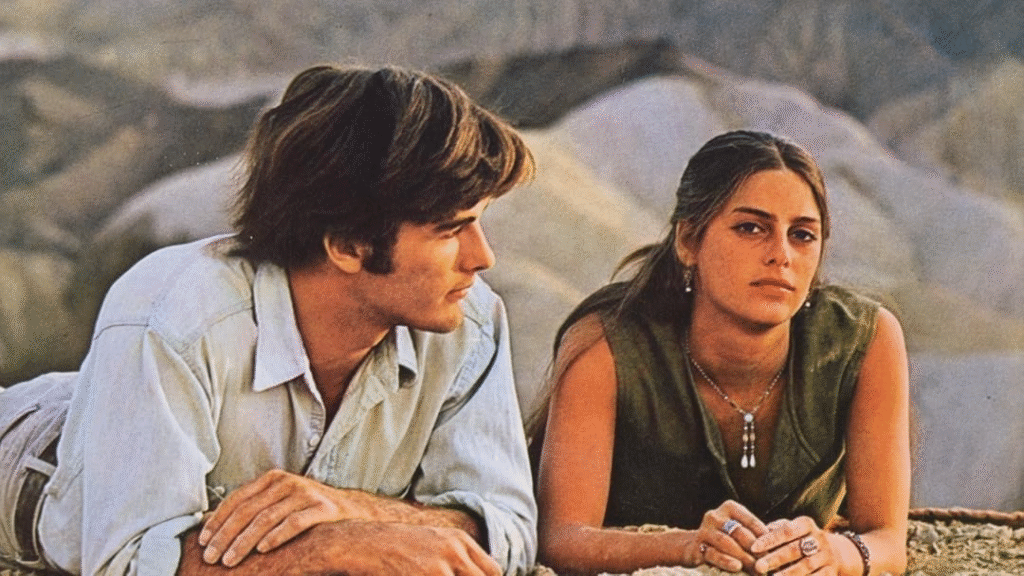
Director Michelangelo Antonioni created this visual poem about counterculture. Desert landscapes symbolize alienation throughout the film. Pink Floyd’s soundtrack provides much of the emotional weight.
The film flopped initially. Mainstream audiences somehow didn’t connect with abstract narratives and philosophical explorations. Today film students study it while attempting to decode its many layers.
11. Monterey Pop (1968)
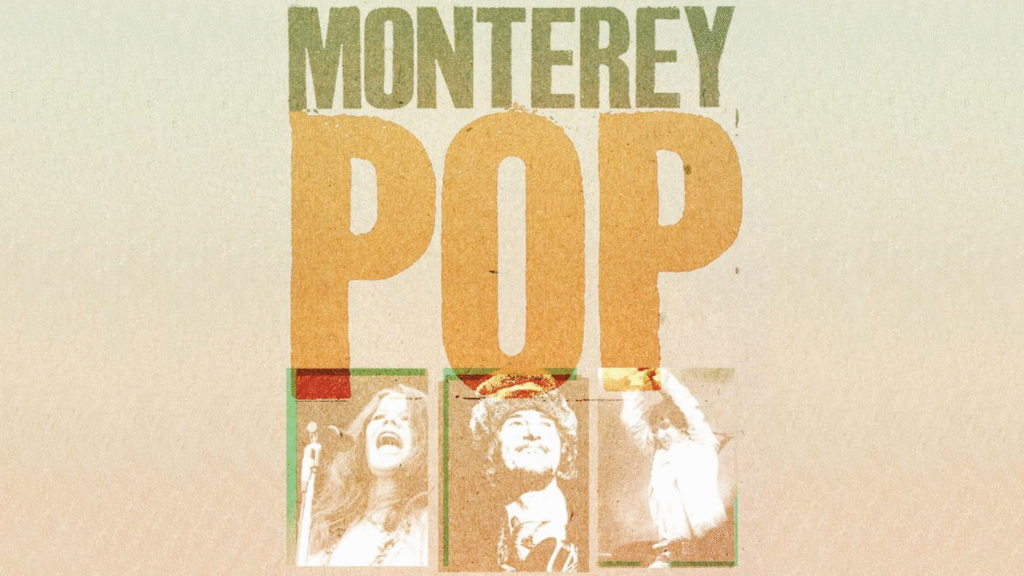
This film captures the 60s music scene when musicians still had raw, unfiltered talent. Performances by Hendrix, Joplin, and Redding remind us what authentic musical passion looked like in the flesh.
Watching feels similar to time travel, minus the paradoxes. Everyone’s sweaty, probably high, and having more authentic fun than any music festival with VIP sections and $20 waters.
10. The Last Waltz (1978)
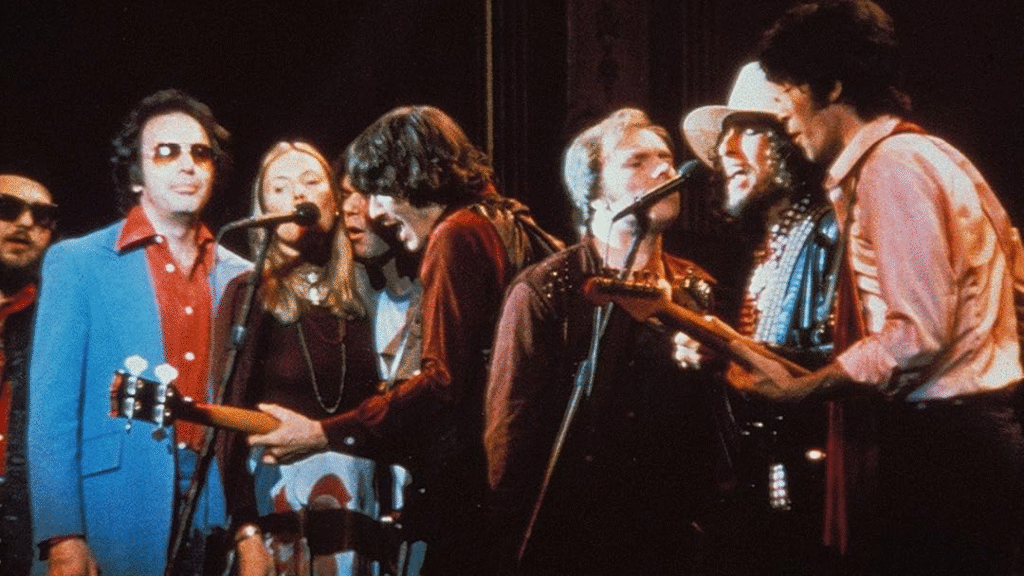
Martin Scorsese directed this farewell concert for The Band, proving he occasionally films things without Robert De Niro. Guest appearances include Dylan, Clapton, and Young – basically your dad’s entire vinyl collection.
Critics worship this thing like it’s sacred text. Before Taylor Swift’s “The Eras Tour” made concert films cool again, The Last Waltz wrote the playbook, just with more drugs and fewer friendship bracelets.
9. 200 Motels (1971)
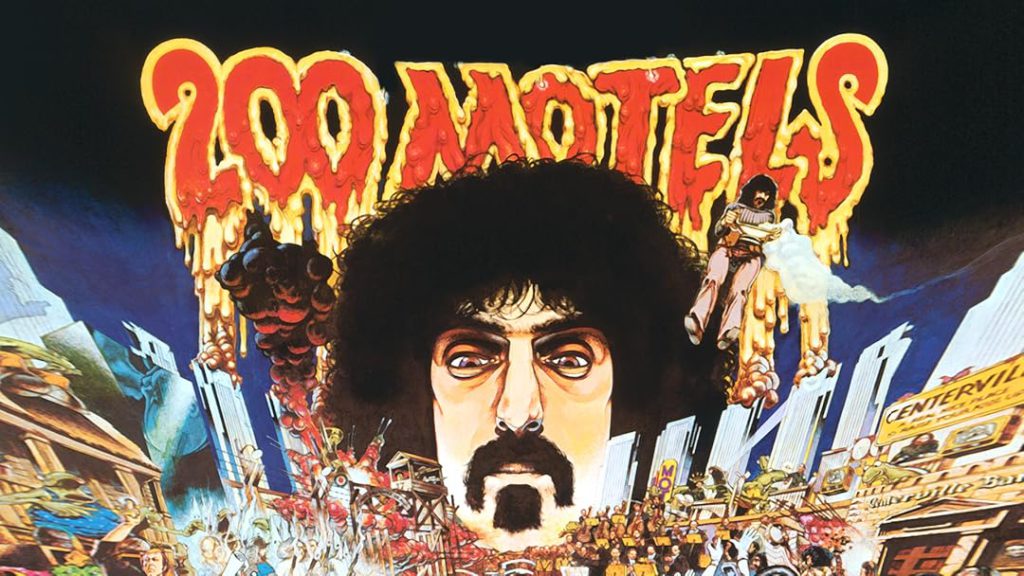
Frank Zappa created this surreal musical experience that defies conventional structure. It’s what happens when you give a musical genius complete creative control and unlimited artistic freedom.
Normal people scratch their heads watching it. Zappa fans celebrate its chaos. Film scholars call it genius because it breaks every established rule of filmmaking. It refuses categorization because even categories have standards.
8. A Hard Day’s Night (1964)
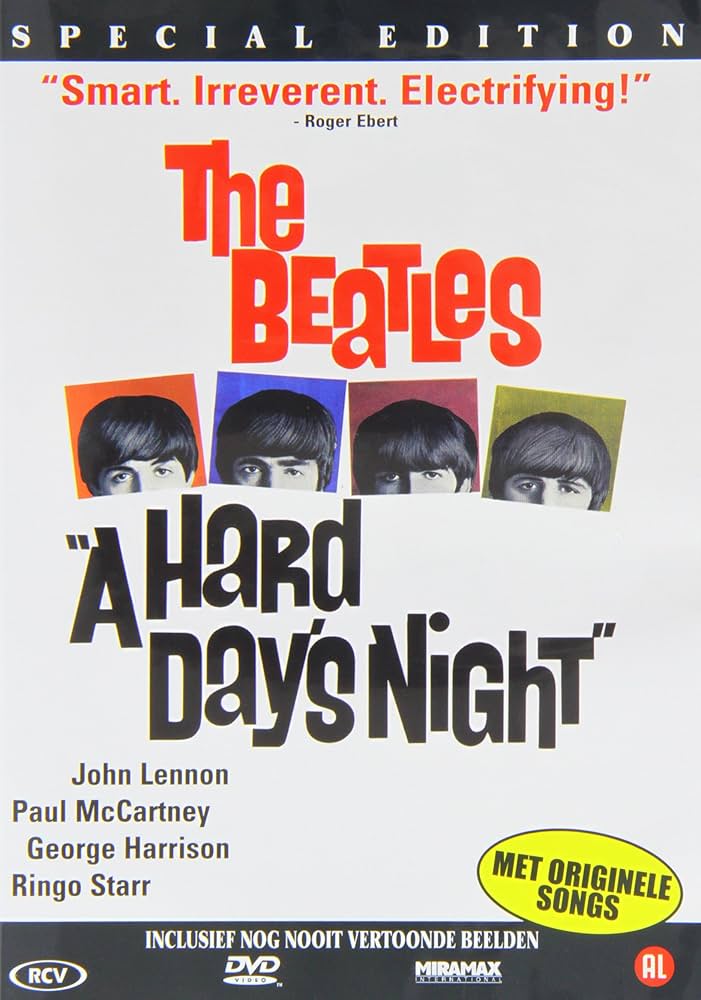
This Beatles romp shows four grown men running from screaming girls while cracking jokes. Director Richard Lester somehow turned mass hysteria into charming entertainment. The 60s were weird.
Its influence extends to music videos today. Filmmakers still copy its techniques while pretending they invented them. It captures youthful exuberance in a way that makes you realize how boring today’s celebrities are on social media.
7. Blow-Up (1966)
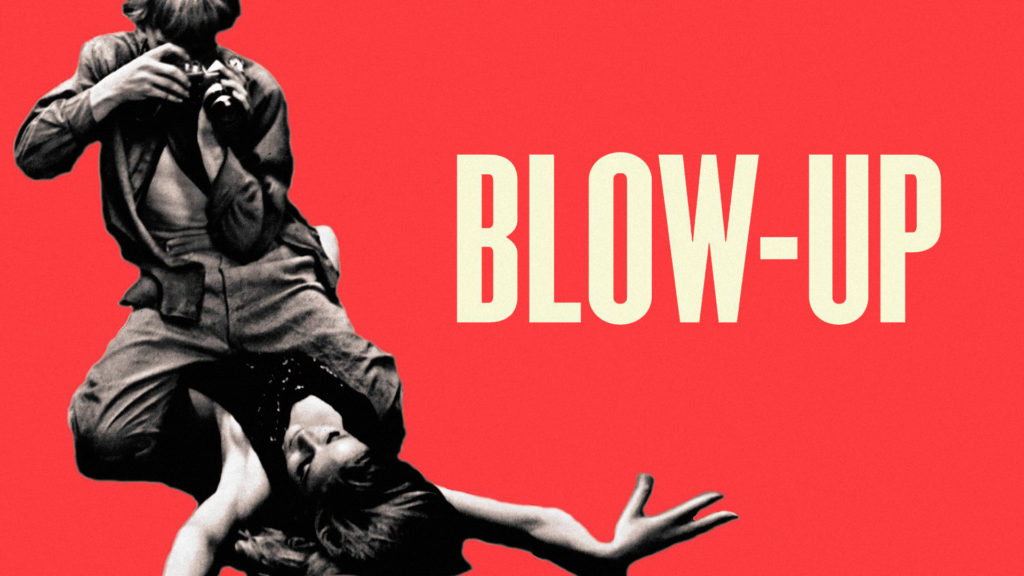
Set in swinging 60s London, this film follows a photographer who may or may not have captured a murder. The mystery remains deliberately unsolved, challenging viewers to form their own conclusions.
Its ambiguous ending frustrates viewers who prefer movies that spell everything out. Visual clues create lasting intrigue. The film challenges viewers to question reality while examining the nature of perception itself.
6. The Servant (1963)
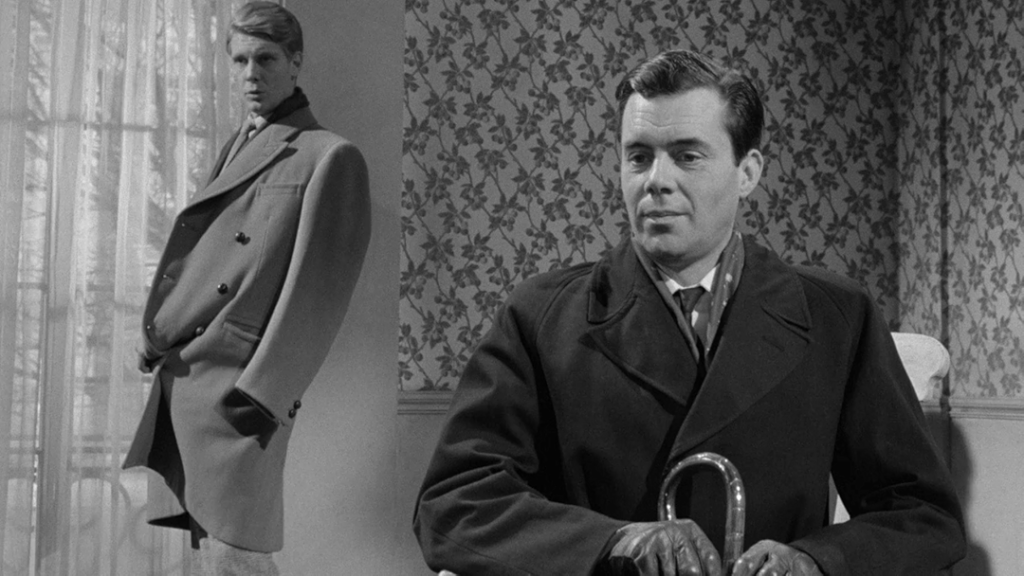
James Fox and Dirk Bogarde star in this psychological thriller about a manservant who manipulates his employer. Each silent glance contains more passive aggression than a group text with your in-laws.
The film builds tension with masterful restraint. It demonstrates the danger of power dynamics shifting in unexpected ways. Modern viewers might find the pace challenging, probably because their attention spans have been destroyed by TikTok.
5. Blast of Silence (1961)
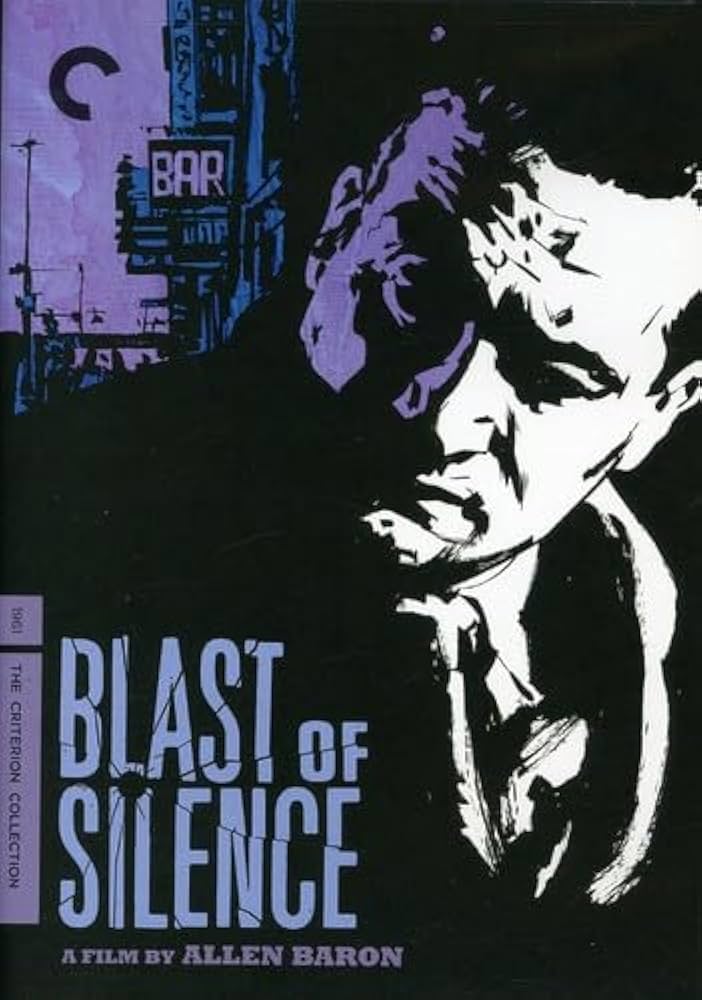
This film noir follows a hitman who exudes existential dread. From dark alleys to neon-lit streets, the protagonist carries his isolation like a second weapon.
It portrays alienation without glamorizing violence, which is apparently possible. The psychological cost weighs heavily throughout. This existential crisis disguised as a crime film makes modern antiheroes look like they’re just having bad hair days.
4. Targets (1968)
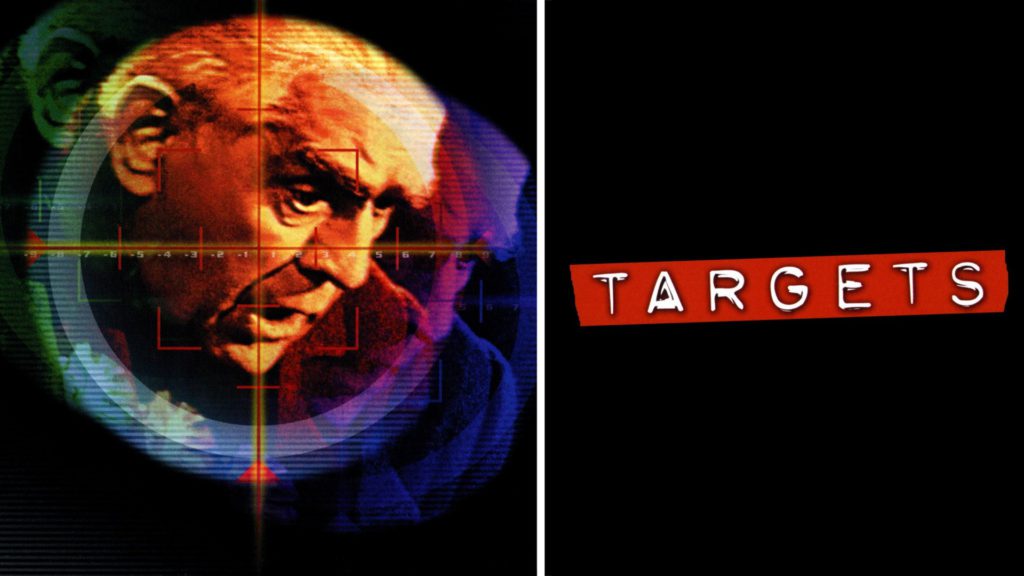
Boris Karloff plays an aging horror actor realizing that real-life violence has become scarier than his movies. When a horror icon thinks society has gone too far, maybe listen.
The film creates unease that sticks with you like gum on a shoe. Its commentary on senseless violence remains relevant, proving humanity hasn’t evolved much. Thanks for the depressing reminder, cinema.
3. Fail Safe (1964)

A technical glitch triggers potential nuclear apocalypse. The film portrays impending doom with stark urgency. Black and white cinematography intensifies the claustrophobic atmosphere as crisis unfolds.
Tension escalates until viewers need anxiety medication. Hope disappears faster than free food at an office party. Its warning about technology remains relevant, as if we needed another reason to fear our devices.
2. The Face of Another (1966)
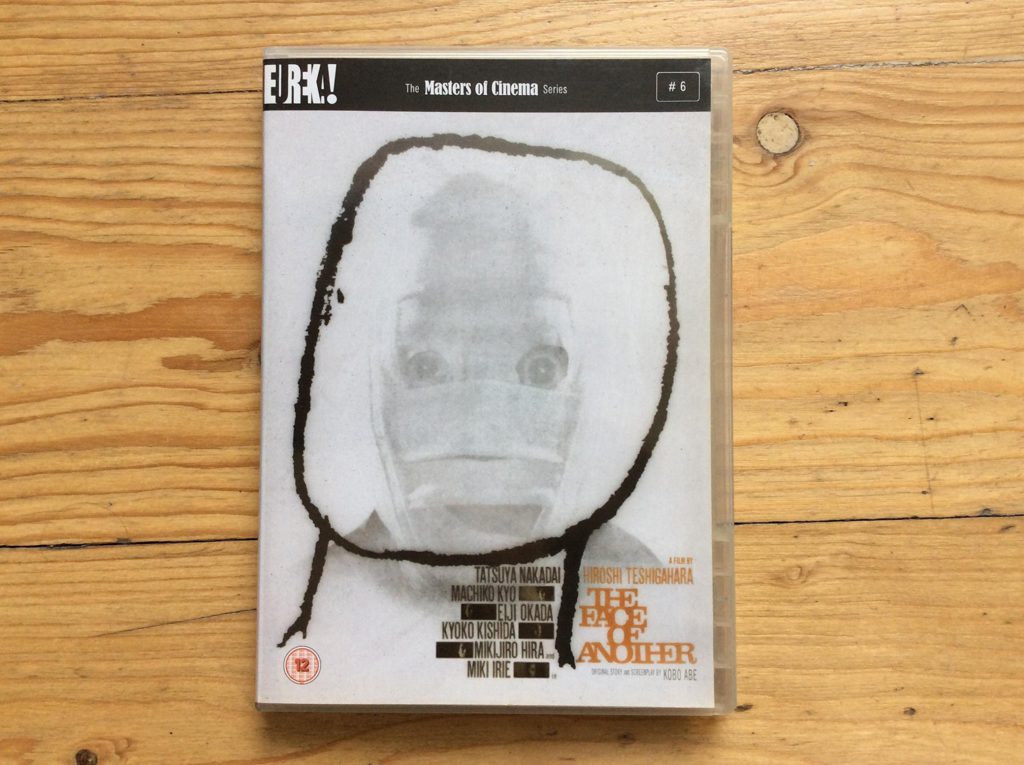
Director Hiroshi Teshigahara presents a disfigured man who gets a new face and immediately has an identity crisis. The film asks profound questions about selfhood and perception.
Dreamlike visuals create a psychological landscape that art house audiences find mesmerizing. Its exploration of identity would make a killing on today’s social media, where everyone’s face is filtered beyond recognition anyway.
1. A Child Is Waiting (1963)
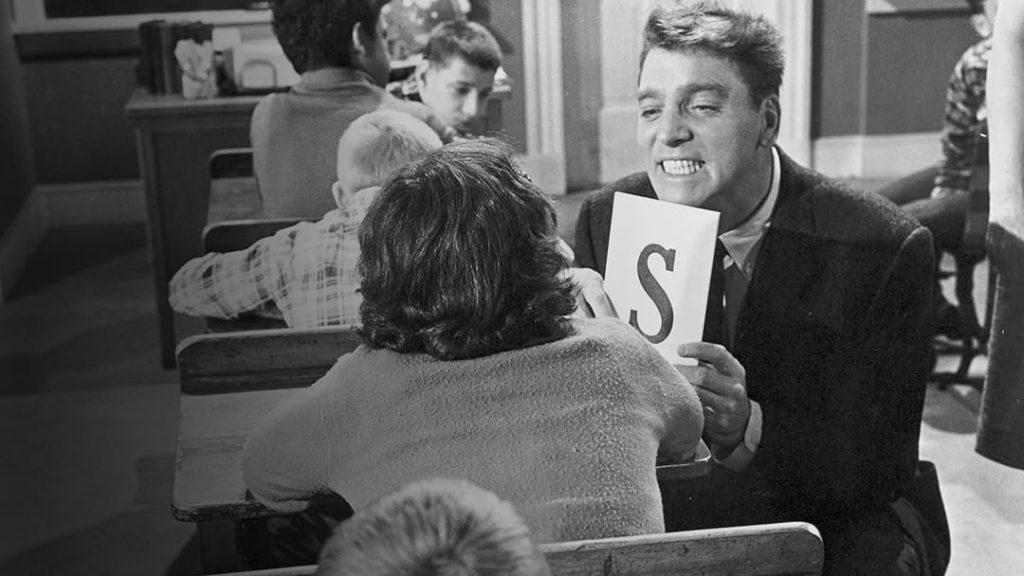
Judy Garland and Burt Lancaster star in this film about a school for children with special needs. It’s surprisingly progressive for a time when most people’s solution to differences was “let’s not talk about it.”
The film refuses to sugarcoat difficult realities. It challenges viewers to examine their biases while making them uncomfortable enough to actually consider changing. Its compassionate message still matters, even if the terminology needs a serious update.




